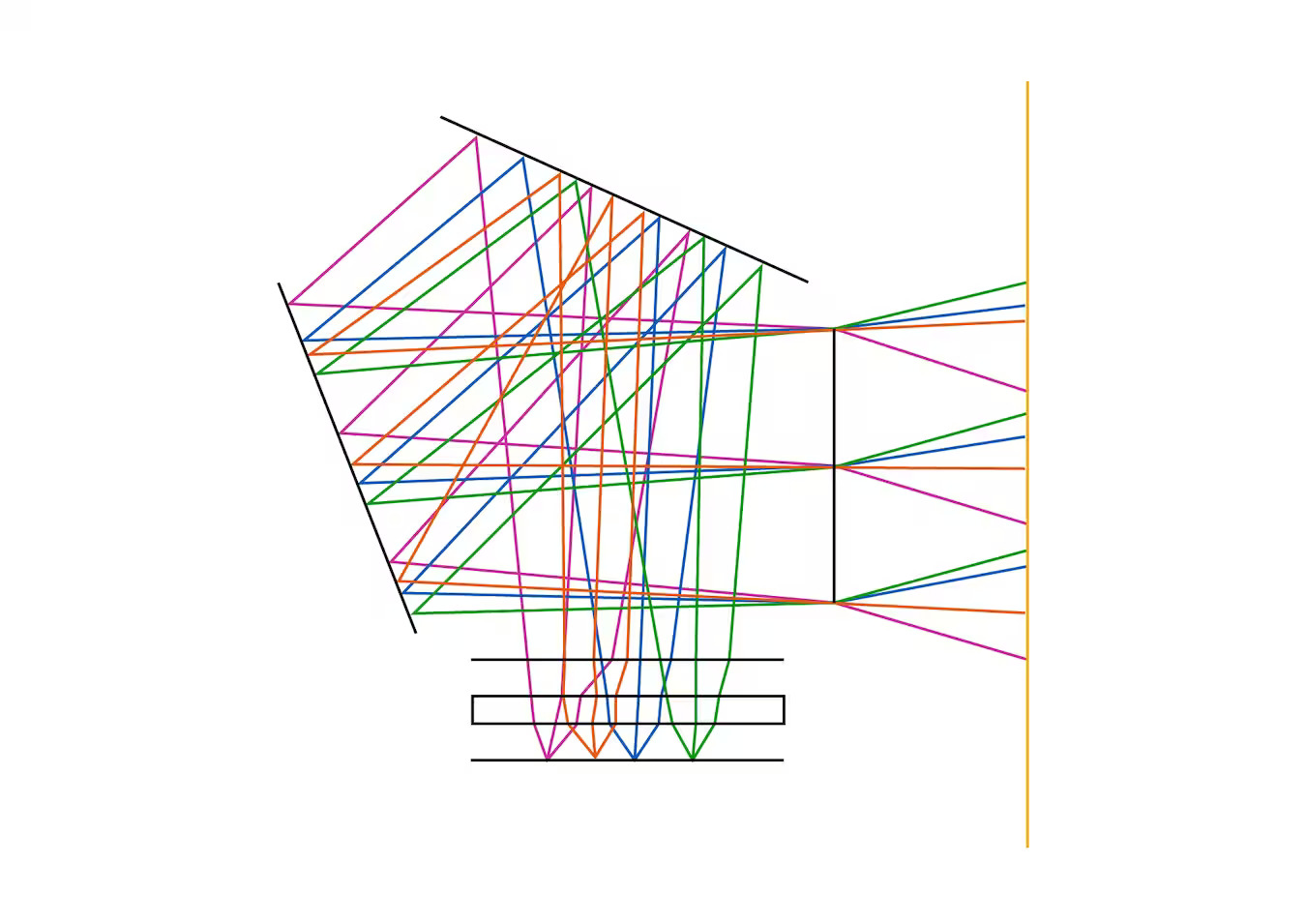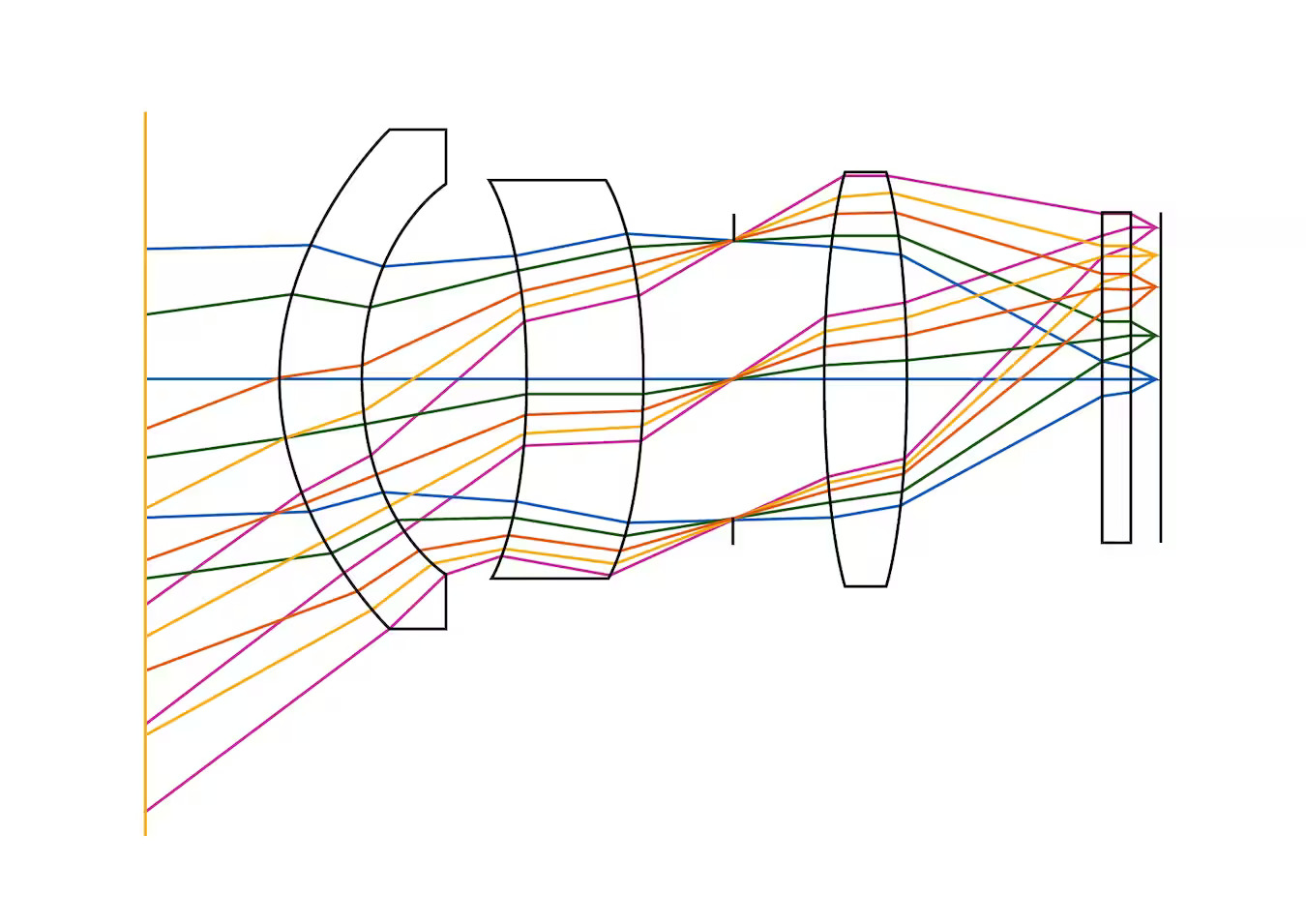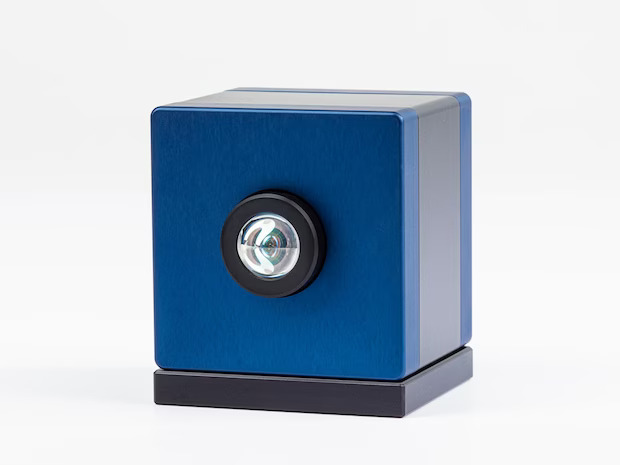In a Thuringian alliance, Jenoptik had been working on a future topic of the photonics industry since 2018: free-form optics. In various sub-projects, the alliance partners researched the entire process chain with the aim of developing and marketing innovative free-form optical systems. After the successful conclusion of this collaboration – the alliance fo+ – it now goes into realization for a variety of applications in modern everyday life.
Free-form optics are probably the future topic of optics technology
However, some may wonder what free-form optics actually are and what you can do with them. Free-form optics are asymmetric optical surfaces with additional geometric degrees of freedom compared to classical optics. This makes it possible to combine different optical functions of beam shaping. Advantages in optical performance, functionality or installation space can thus be achieved. Thus, free-form technology enables the production of complex systems, which are, however, considerably smaller, lighter, and more functional.


Possible applications for free-form optics
A well-known example of use is varifocals, which must be individually adapted to a person. Varifocals should allow continuously sharp images at different distances and correct eye defects.
In addition to classic varifocals, we also encounter free-form optics in modern video eyewear. This form of modern work aid also uses free-form optics to superimpose certain details or images on reality by means of augmented reality (AR). In this process, actual reality is augmented with technically supported information, which is now a widespread application in medical technology. Medical professionals are supported in this process by using the glasses to display additional details on the visual aid and thus in front of their eyes.
Another example of a type of augmented reality is the head-up displays that are increasingly being installed in cars. The principle is similar to that of video glasses: Here, too, free-form optics are used to superimpose vehicle- and traffic-related information directly onto the windshield, thus assisting the driver in driving as safely and predictably as possible.
Free-form optics also play a role in far more diverse areas. For example, they are also used in the lighting sector. Specifically, they are used for optics systems in LED headlights. The aim of using free-form optics here is to enable optimum and flexible illumination, thus reducing energy consumption and operating costs.
Free-form optics from Jenoptik in the fo+ project
Nine companies and two research institutions of the Thuringian photonics industry participated in the fo+ alliance. The region is known for scientific, innovative, and technology-driven activity in the field of optics and photonics. This is also where Thuringia’s designation as “Optical Valley” comes from.
Jenoptik’s goal was to adapt the application to standard image sensors using free-form optics. This means designing the optics in such a way that the desired field of view (FoV) is imaged on the camera. This can be achieved by the optimal shape of the lens as well as the correction of asymmetric errors. The idea behind the technology was also to conserve resources by reducing the number of components required and to enable the customer to miniaturize the components by saving space and weight.

What is the success of Jenoptik from the alliance?
As part of the fo+ project, Jenoptik developed a demonstrator that includes athermal free-form optics. This saves installation space and costs by means of a complex design. For the implementation of prototypes and the subsequent transfer to series production using injection molding tools, the ultra-precision technology for free-form production was further developed in the core technology. As a result, special processes such as slow-tool technology, fast-tool technology, and ultra-precision milling are now used. Using ultra-precision manufacturing processes, it has already been possible to produce initial samples in order to evaluate the effectiveness of the design. Subsequently, the free-form optics were produced by injection molding. Specially developed calculation methods for 3D correction of systematic shrinkage errors were used to significantly optimize the accuracy of injection-molded free-form optics. Although this resulted in one-time high tooling costs, downstream part costs can be reduced enormously. This also applies to all subsequent projects.









